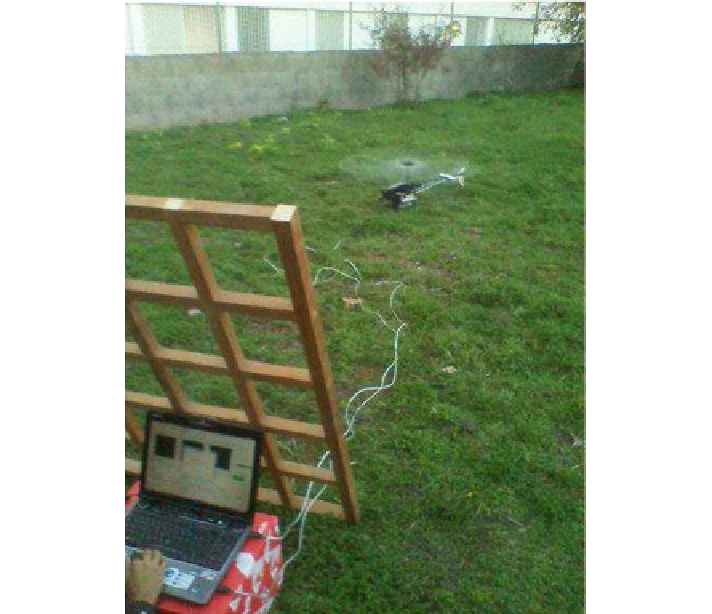Information Technology Reference
In-Depth Information
Fig. 9.2
Complete experimental setup
the vibration. With the purpose of relating the dominant frequencies and the most
adequate C values, an iterative process is carried out. That is, the most suitable C
value is obtained for each possible combination of frequencies. Taking into account
this set of data a reference table is built. This table provides the input/output data set
used to carry out the training phase of the ANFIS. In fact, a 20% of the input/output
data is kept back in order to test if the system has achieved the adequate degree of
generalization, whereas the rest is used in the training phase.
Figure
9.3
shows the used architecture in ANFIS. It can be seen that it consists of
five layers where the first and fourth one are composed of adaptive nodes, furthermore
some parameters have been fixed in this training phase. In this derivation, three
generalized bell membership functions have been chosen for each input, therefore,
each first layer node has a output defined by
O
A
,
i
=
μ
A
,
i
(
f
y
)
O
B
,
i
=
μ
B
,
i
(
f
z
)
;
i
=
1
,...,
3
.
(9.1)
The second layer outputs (
9.2
) represent the weight of each rule and the output
of each node of the third layer corresponds to the standard weights (
9.3
), which is a

Search WWH ::

Custom Search